Fruit and veggies are essential for a healthy and balanced diet. They provide us with vitamins, minerals, fiber, and antioxidants that can help prevent diseases and improve our well-being. But how much do we really know about these colorful and delicious foods? Here are some fun and surprising facts about fruit and veggies that you may not have heard before brought to you by the best African Market in the US, My Sasun African Store. Let's dig in!
1. Did you know that tomatoes are the most popular fruit in the world?
Yes, you read that right. Tomatoes are technically a fruit, not a vegetable, because they have seeds inside. They belong to the nightshade family, along with potatoes, eggplants, peppers, and chilies. Tomatoes are the most widely cultivated and consumed fruit in the world, with over 170 million tons produced every year. They are also very versatile and can be eaten raw, cooked, juiced, or processed into sauces, ketchup, salsa, and more.
2. Did you know that bananas are herbs and clones?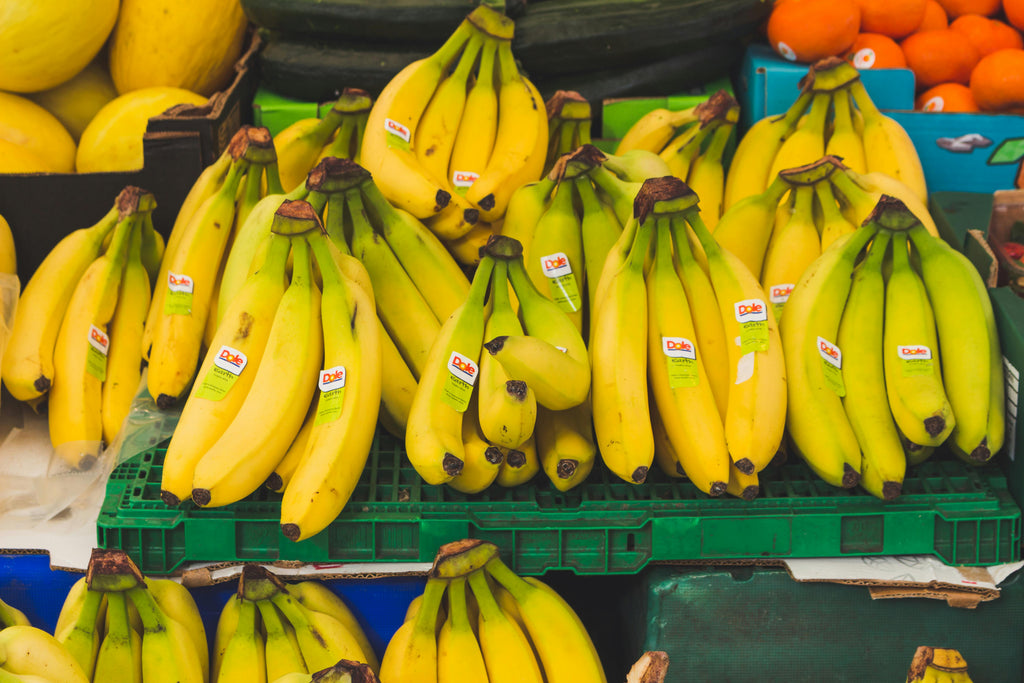
Bananas are another fruit that may surprise you. They are actually herbs, not trees, because they have a soft stem instead of a woody trunk. They are also all clones of each other, because they are propagated by cuttings, not by seeds. The bananas we eat today are called Cavendish bananas, and they are genetically identical to one another. They are descendants of a single banana plant from Southeast Asia that was cultivated for its sweet and seedless fruit.
3. Did you know that strawberries are not berries, but watermelons are?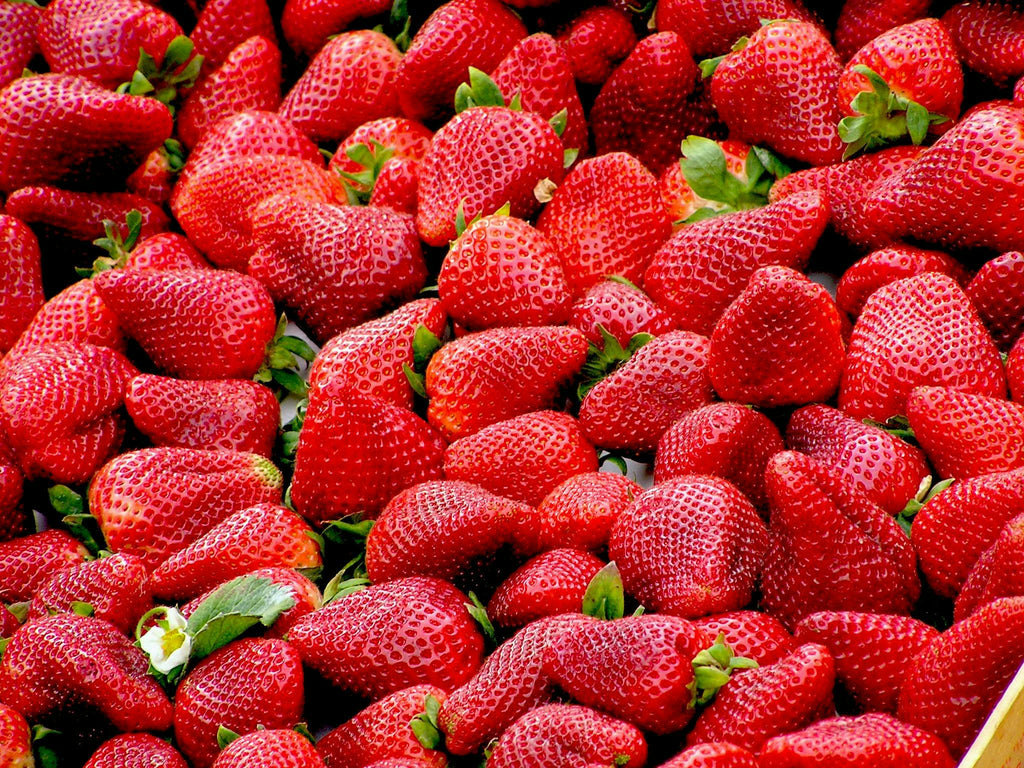
When it comes to berries, things get a bit confusing. Botanically speaking, a berry is a fleshy fruit that has many seeds inside, such as grapes, blueberries, and kiwis. Strawberries and raspberries, however, are not true berries, because they have their seeds on the outside. They are actually aggregate fruits, which are formed from multiple ovaries of a single flower. On the other hand, watermelons, pumpkins, cucumbers, and squash are all berries, because they have many seeds inside a single rind.
Also Read: 23 LEAFY VEGETABLES IN WEST AFRICAN CUISINE
4. Did you know that the African star apple also known as Agbalumo is also called the African cherry or white star apple? 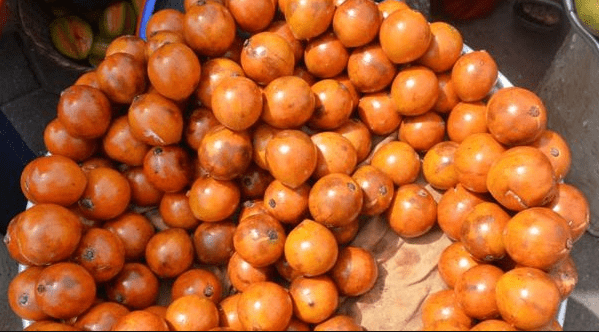
The name comes from the star-shaped pattern that appears when you cut the fruit in half. Agbalumo is also believed to have some medicinal properties, such as treating sore throat, constipation, and malaria. Purchase a pack of 12 Agbalumo from My Sasun African Store while stock lasts. We deliver to all states in the US.
5. Did you know that okra is not only a vegetable, but also a flower? 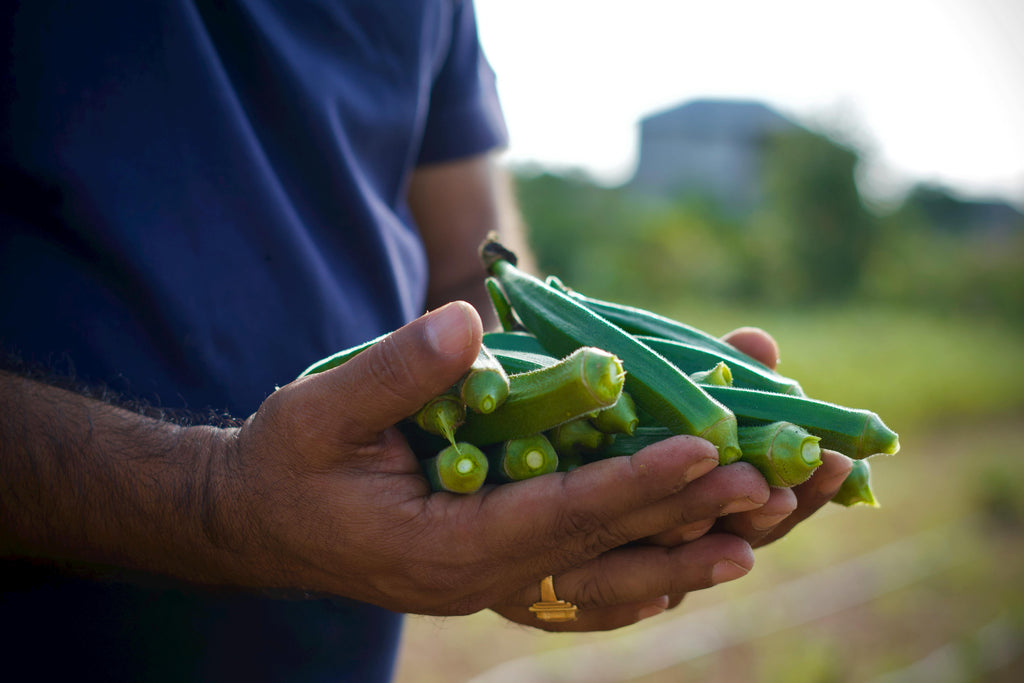
The okra plant produces yellow flowers with red or purple centers, which are edible and can be used as a garnish or salad ingredient. The flowers are also attractive to bees and butterflies, making okra a good plant for pollination. Buy Okra from My Sasun African Market.
6. Did you know that garden egg is a member of the nightshade family, along with tomatoes, potatoes, and peppers? 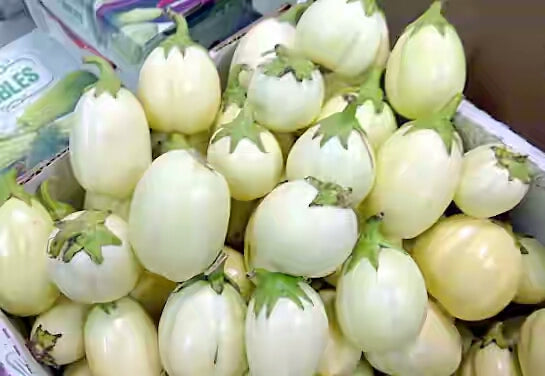
The garden egg plant has spines on its stems and leaves, which can cause skin irritation if touched. The garden egg is also considered a symbol of fertility and blessing in some African cultures and is often used in rituals and ceremonies.
7. Did you know that the African oil palm is the most productive oil crop in the world? 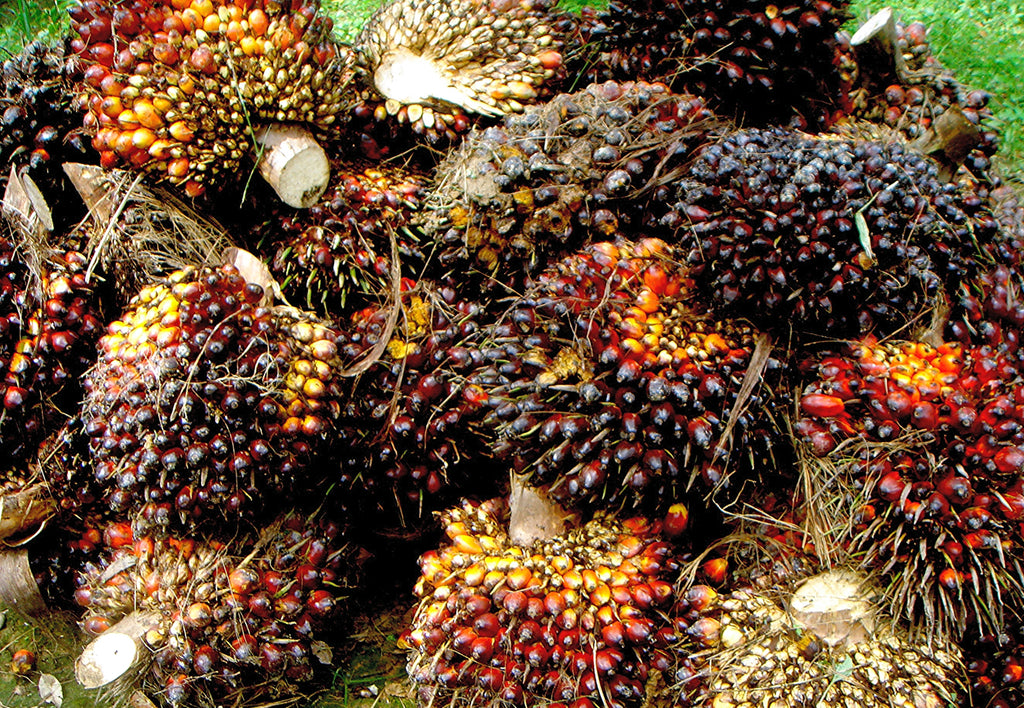
African oil palm can yield up to 10 times more oil per hectare than other oil crops, such as soybean, rapeseed, or sunflower. The fruit also has a long shelf life, and can be stored for up to two years without spoiling.
8. Did you know that soursop is also known as graviola, guanabana, or custard apple? 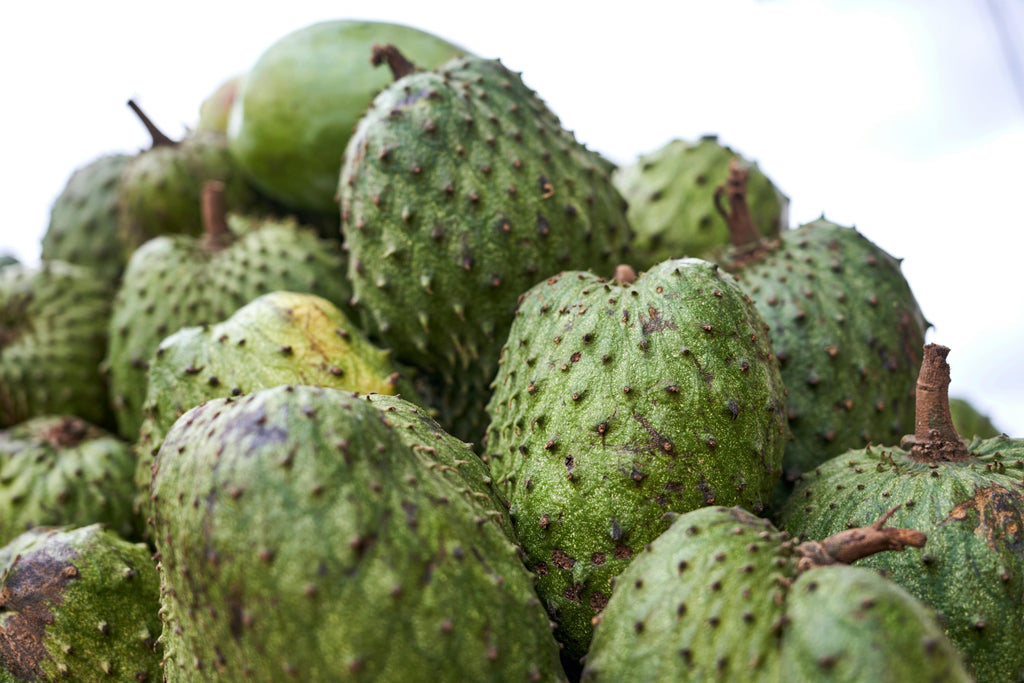
The fruit has a creamy texture and a flavor that resembles a combination of pineapple, strawberry, and citrus. The fruit is also rich in antioxidants, which can help fight free radicals and prevent cell damage.
9. Did you know that ugu is one of the most widely consumed vegetables in Nigeria?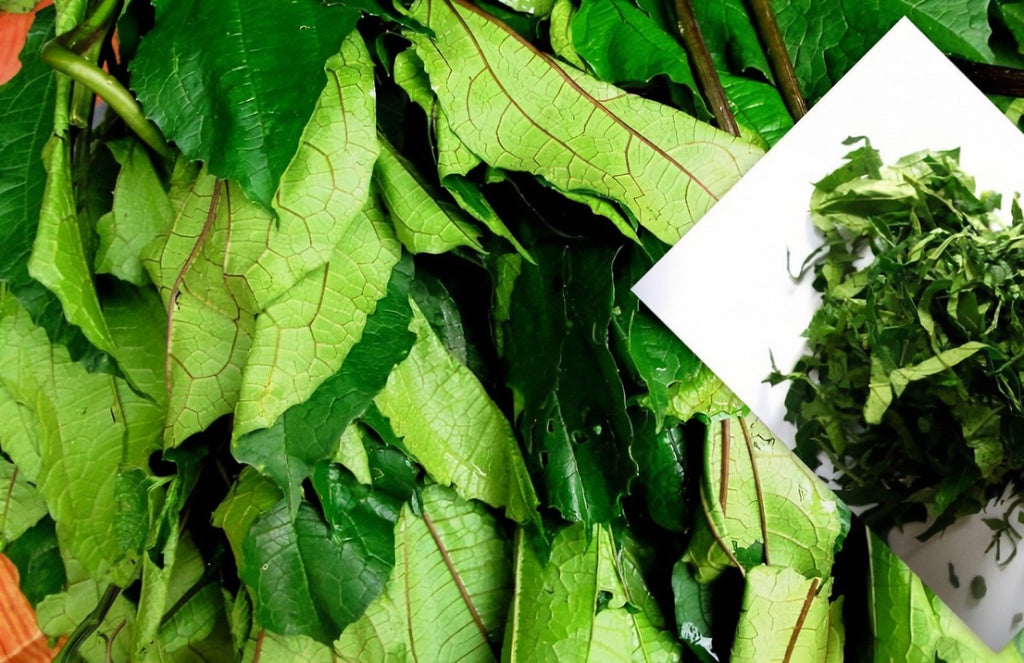
The vegetable is also popular in other West African countries, such as Ghana, Cameroon, and Benin. The vegetable has a mild flavor and a slightly bitter aftertaste, which can be reduced by blanching or boiling. The vegetable is also used to make a traditional Nigerian dish called egusi soup, which is made with melon seeds, palm oil, and spices.
10. Did you know that carrots can help you see better, but not in the dark
Carrots are rich in beta-carotene, a pigment that your body converts into vitamin A. Vitamin A is essential for maintaining healthy vision, especially in low-light conditions. However, eating carrots will not give you superpowers to see in the dark, as some people may believe. This myth was actually a propaganda campaign by the British during World War II, to hide the fact that they had developed radar technology to detect enemy planes at night. They claimed that their pilots ate a lot of carrots to improve their night vision, and encouraged the public to do the same.
11. Did you know that apples can be up to a year old when you buy them?
Apples are one of the most popular and widely available fruits, but they are also one of the oldest. Thanks to controlled atmosphere storage, apples can be kept fresh for up to a year after they are harvested. This technique involves reducing the oxygen and increasing the carbon dioxide levels in the storage rooms, which slows down the ripening process and preserves the quality of the apples. This way, you can enjoy crisp and juicy apples all year round, even if they were picked months ago.
12. Did you know that pineapples are not a single fruit, but a cluster of berries?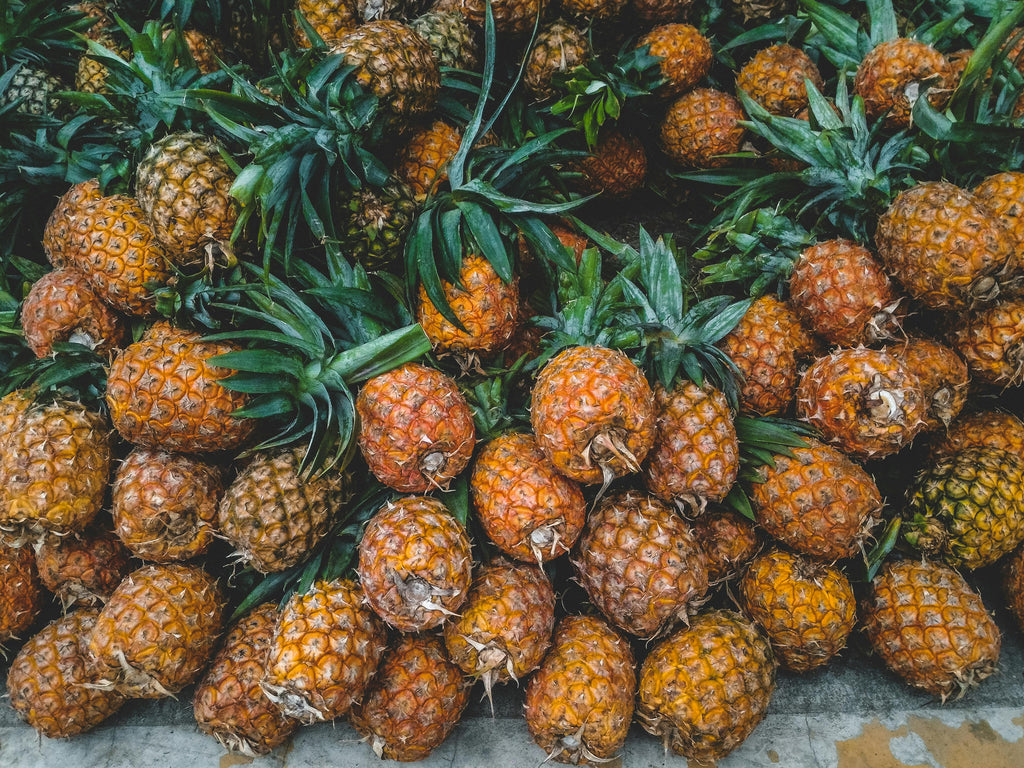
Pineapples are actually made up of hundreds of individual flowers that fuse together around a central core. Each flower produces a small fruit called a fruitlet, which has its own skin, flesh, and seeds. The fruitlets are arranged in a spiral pattern and form the pineapple that we know and love. Pineapples are also the only edible bromeliad, a family of plants that usually grow on trees or rocks.
Also Read: EXPLORING THE RICH DIVERSITY OF NIGERIAN VEGETABLES
13. Did you know that avocados are berries, but coconuts are not?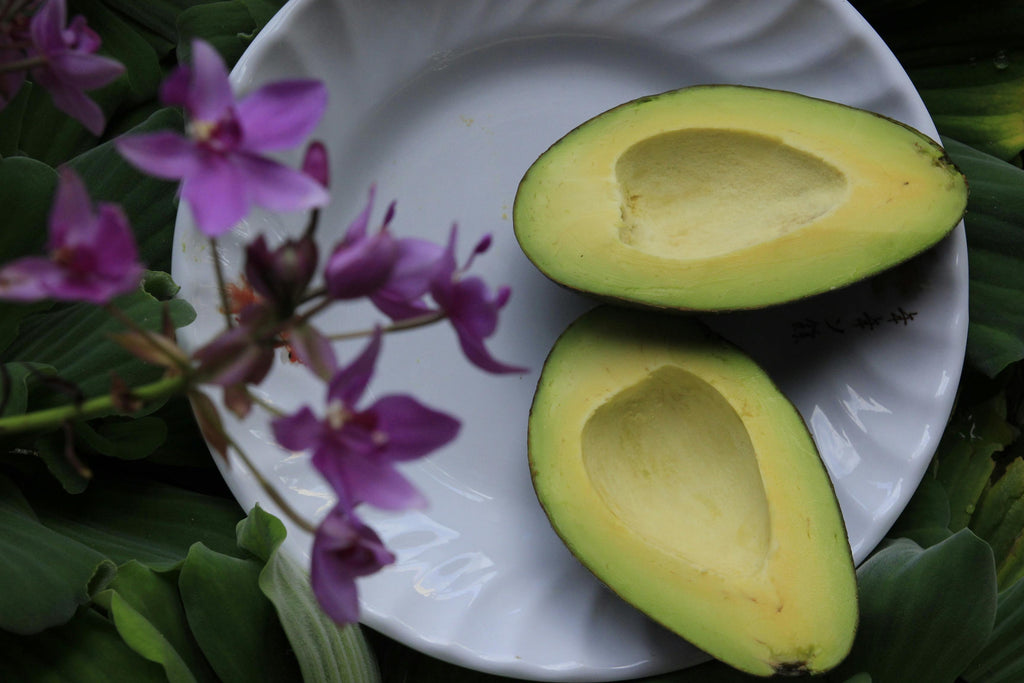
Avocados are another example of a fruit that is often mistaken for a vegetable. They are actually berries, because they have a fleshy pulp and a single large seed inside. Coconuts, on the other hand, are not berries, but drupes. Drupes are fruits that have a hard stone or pit that encloses the seed, such as peaches, cherries, and olives. Coconuts have three layers: the outer husk, the inner shell, and the edible meat.
14. Did you know that broccoli is a flower, not a vegetable?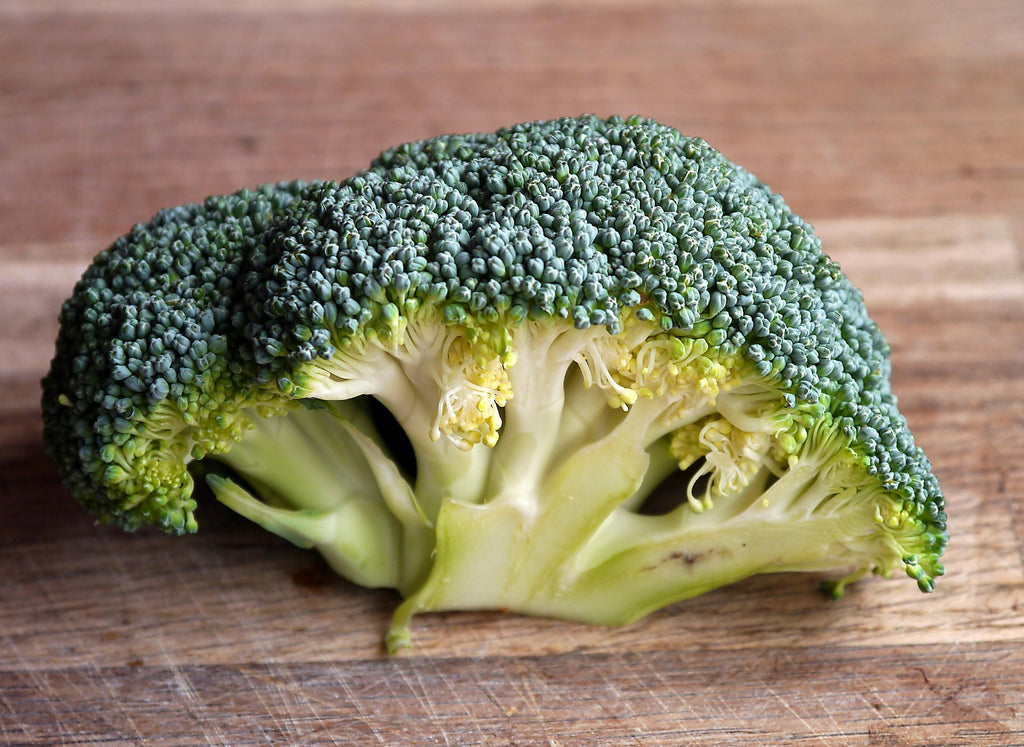
Broccoli is one of the most popular and nutritious vegetables, but it is actually a flower. Broccoli belongs to the brassica family, along with cauliflower, cabbage, kale, and Brussels sprouts. These plants produce clusters of buds that are harvested before they open into yellow flowers. If left to grow, broccoli can reach up to three feet tall and produce small, edible seeds.
15. Did you know that potatoes are the most important non-cereal crop in the world?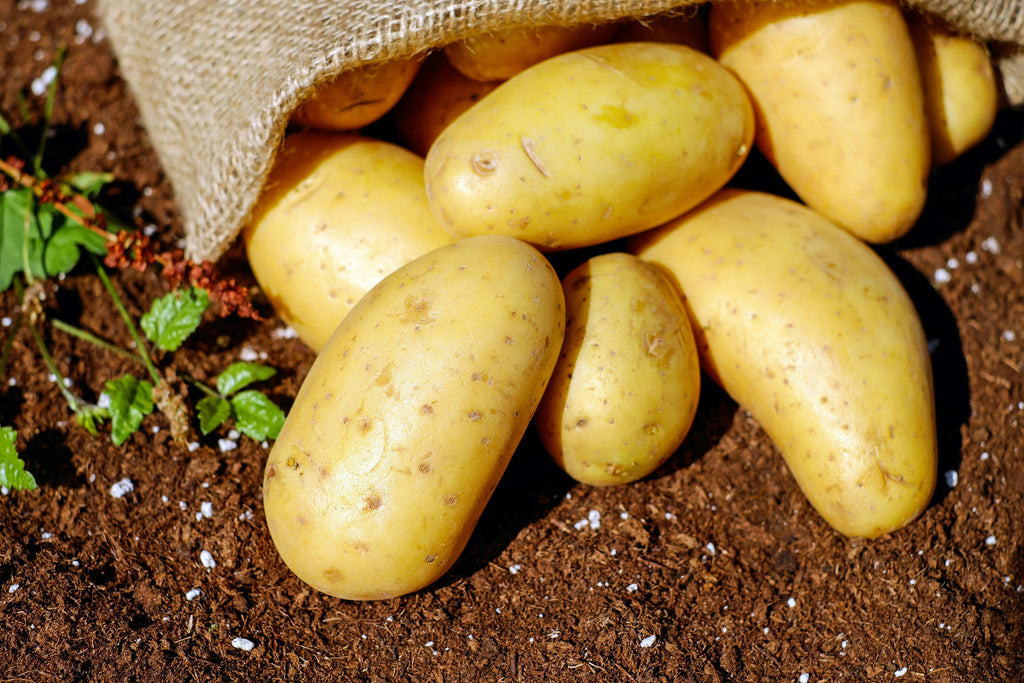
Potatoes are a staple food for many people around the world, but they are not a cereal crop like wheat, rice, or corn. They are actually tubers, which are swollen underground stems that store nutrients. Potatoes belong to the nightshade family, along with tomatoes, peppers, and eggplants. Potatoes were domesticated in the Andes region of South America and were introduced to Europe by Spanish explorers in the 16th century. Today, potatoes are grown in over 100 countries and are the most important non-cereal crop in the world.
ROUNDING OFF
These are just some of the many interesting facts about fruit and veggies that you can learn and share with your friends and family. Eating fruit and veggies is not only good for your health, but also for your curiosity and knowledge. So, next time you go and shop at My Sasun African Store or the farmers market, why not try something new and discover more about the amazing world of fruit and veggies?







Comments (5)
Am here to let the whole world know that I was diagnose of herpes 3 years ago where all hope was lost and I had nothing to do about it,I just accepted the faith that one day I will cure of this disease and I just pray everyday for a helper and one day my sister introduce me to a herbal doctor man called Dr ahonsie that she saw him on internet well I contact him on his email,I was not fully convinced until he sent me the herbal medicine which he ask me to take for two weeks I took it with faith and i went for a retest in different hospitals and today am cured of this disease and am also using this medium to let all those having STD,like herpes and the rest not to give up,their is a man who can cure you,his name is Dr ahonsie . contact the great herbalist via his Email: drahonsie00@gmail.com / WhatsApp: +2348039482367. https://drahonsie002.wixsite.com/dr-ahonsie
Hello everyone, i have a very important information about herpes virus, i was a victim of hsv1&2 until i met doctor Ahonsie, it still feels like a dream to me. it has been two years now, i have not experience any breakout of herpes. I new about him through a post made on social media, a lady shares her experience and then i decided to contact him and ever since i contacted i was encourage and with no doubt i was cured from herpes simplex in just two weeks. He also treat other illnesses like HPV, HIV, CANCER, THYRIOD, PENIS ENLARGEMENT, and more contact him via Email: drahonsie00@gmail.com / WhatsApp: +2348039482367. https://drahonsie002.wixsite.com/dr-ahonsie https://www.facebook.com/drstellaherbalhome?mibextid=ZbWKwLThanks
Hello everyone, i have a very important information about herpes virus, i was a victim of hsv1&2 until i met doctor Ahonsie, it still feels like a dream to me. it has been two years now, i have not experience any breakout of herpes. I new about him through a post made on social media, a lady shares her experience and then i decided to contact him and ever since i contacted i was encourage and with no doubt i was cured from herpes simplex in just two weeks. He also treat other illnesses like HPV, HIV, CANCER, THYRIOD, PENIS ENLARGEMENT, and more contact him via Email: drahonsie00@gmail.com / WhatsApp: +2348039482367. https://drahonsie002.wixsite.com/dr-ahonsie https://www.facebook.com/drstellaherbalhome?mibextid=ZbWKwLThanks
I thought the physicians says there is no cure for HSV 2!!! I am telling you today that Dr ahonsie cure HSV 2 with his herbal medicine and once you get cured you are cured forever it is never reversible, I have been suffering for this deadly disease called h HSV 2 for more than a 2years and lost all hope because my doctor says there is no cure for HSV 2. Brethren I saw a testimony on the internet on how Dr ahonsie cure HSV, Hapatitis etc with his herbal medication and an email and watsapp to contact him was also displayed, I thought this was joke but I decided to contact him and he replied telling me not to worry that my problem is over . Dr ahonsie sent me a herbal medication to drink for one month but only 2weeks I feel strange and I went to my doctor and he confirmed me negative. He can help you too. Contact him drahonsie00@gmail.com or whatsapp +2348039482367 https://drahonsie002.wixsite.com/dr-ahonsie https://www.facebook.com/drstellaherbalhome?mibextid=ZbWKwL
My purpose out here today is to share this article to the world about how Doctor Odunga helped me in getting back my EX-boyfriend who broke up with me 4 months ago. I tried all I could to make him see reasons with me so that we can continue our relationship but he denied me. Thank God for giving me the thought of going into the internet for help, I searched properly and I saw different reviews of Doctor Odunga and I insisted on giving it a try by contacting him via what’s app on (+2348167159012). He gave me reason to live again and he prepared a spell and told me that my Ex-boyfriend will come back to me within 11 hours. Can you believe it, my EX-boyfriend came back to me, proposed to me and our wedding will be held soon. Contact him now!!! if you need any help. Email: odungaspelltemple@gmail.com and he does a lot of spells. Once again i want to say am very grateful for your help